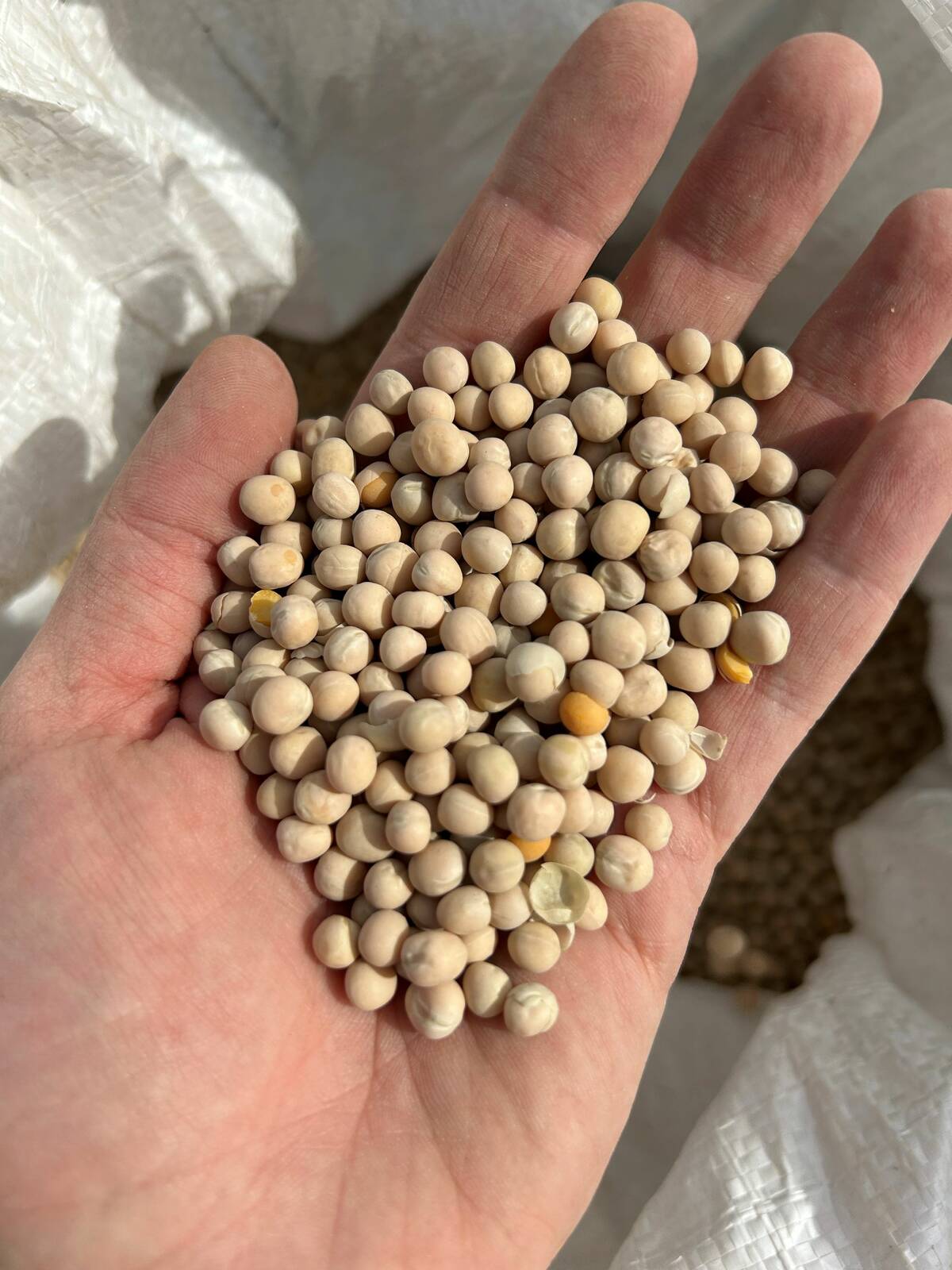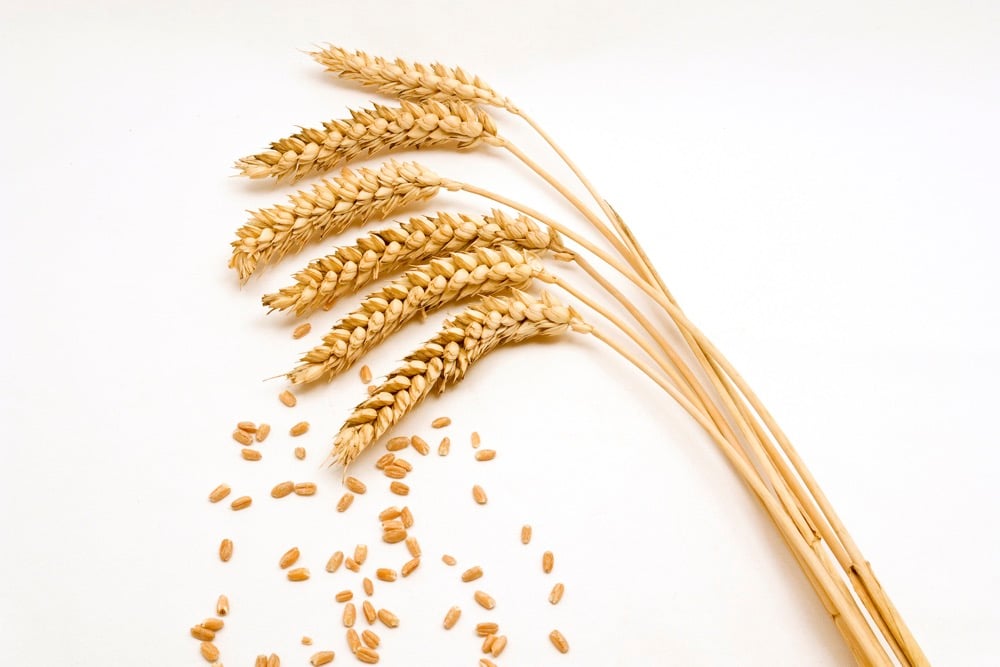Reuters – Spring wheat prospects in central and northwest North Dakota are near to or above average, aided by favourable weather, scouts on one leg of an annual crop tour said on Wednesday.
Crop scouts on the Wheat Quality Council’s tour travelling one route in west-central North Dakota made three stops and projected an average yield of 62.7 bushels per acre (bpa), above the tour’s year-ago average for the same route near 53 bpa.
Scouts in a second car traveling the same route calculated an average yield of 53 bpa after seven stops.
Read Also

Pulse Weekly: Tariffs guide yellow peas in 2025
Tariffs were a major influence on Canadian yellow pea prices in 2025, with levies imposed by China and India. The two countries are Canada’s biggest foreign pulse buyers.
In the previous five years, yield averages for cars on the same tour route ranged from 44 to 59.6 bpa.
“We are moving into an area where wheat has maybe seen more favourable conditions,” said Reid Christopherson, executive director of the South Dakota Wheat Commission and a scout on the tour. “We are seeing decent head counts, and kernels seem to be filling. (But) we are seeing significant differences in maturity.”
A third group of crop scouts surveying fields in northwest North Dakota sampled 11 spring wheat fields and calculated an average yield of 41.5 bpa, compared to the year-ago average for the same route near 40 bpa.
The tour on Tuesday scouted 173 hard red spring wheat fields and projected an average spring wheat yield for southern North Dakota of 43.1 bpa, down from 51.1 a year ago and the lowest Day One tour figure since 2012.
However, North Dakota had record-high spring wheat yields in 2013, 2014 and 2015.
About 70 crop scouts from the milling and baking industries along with government and university experts were on the three-day tour. The tour scouts survey fields Tuesday through Thursday and will release a final yield average on Thursday.
Hard red spring wheat is a high-quality grain that is milled into flour for bread and used for blending with other types of wheat to improve the quality of flour. North Dakota is by far the largest U.S. producer of the grain.
















